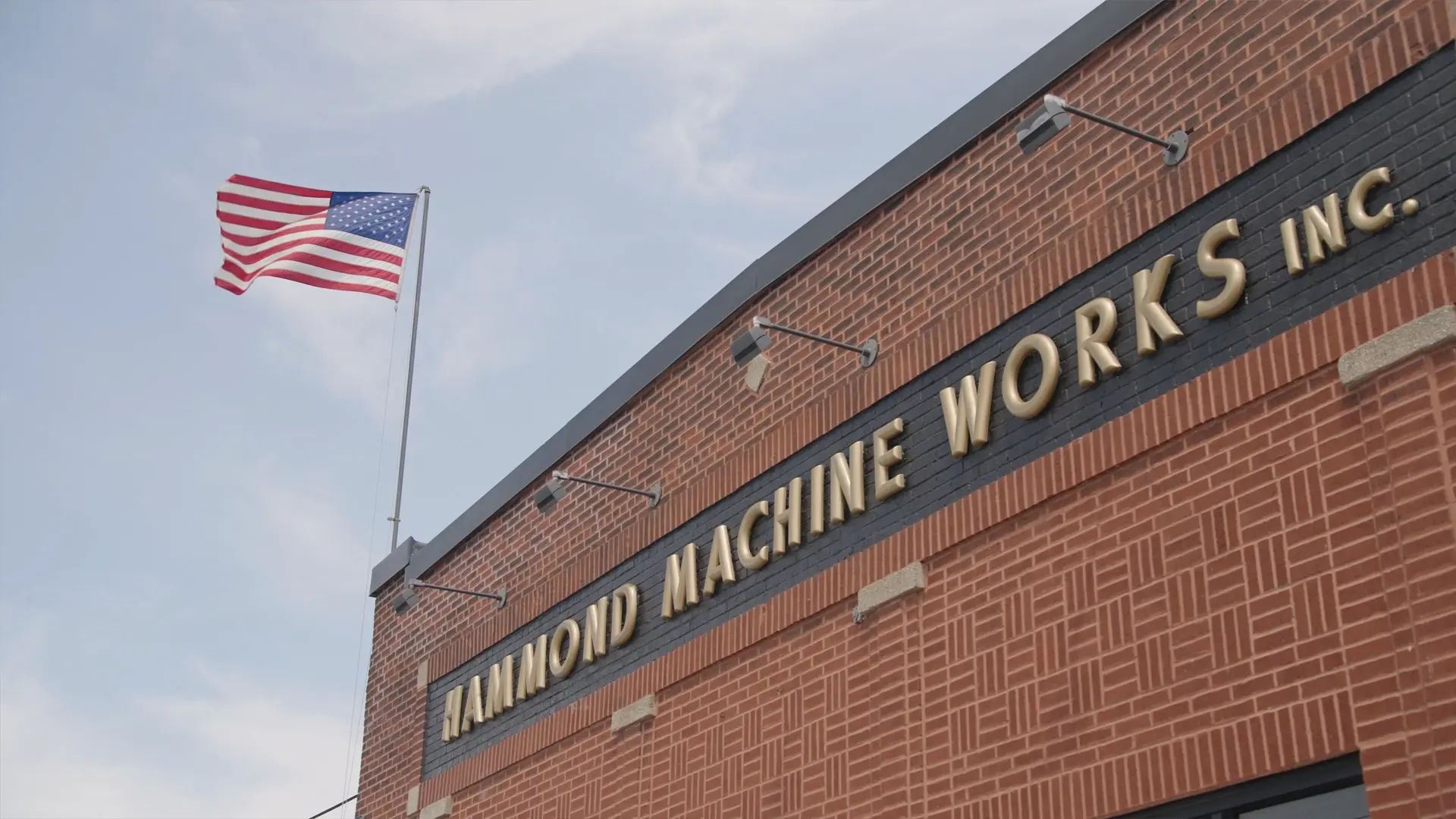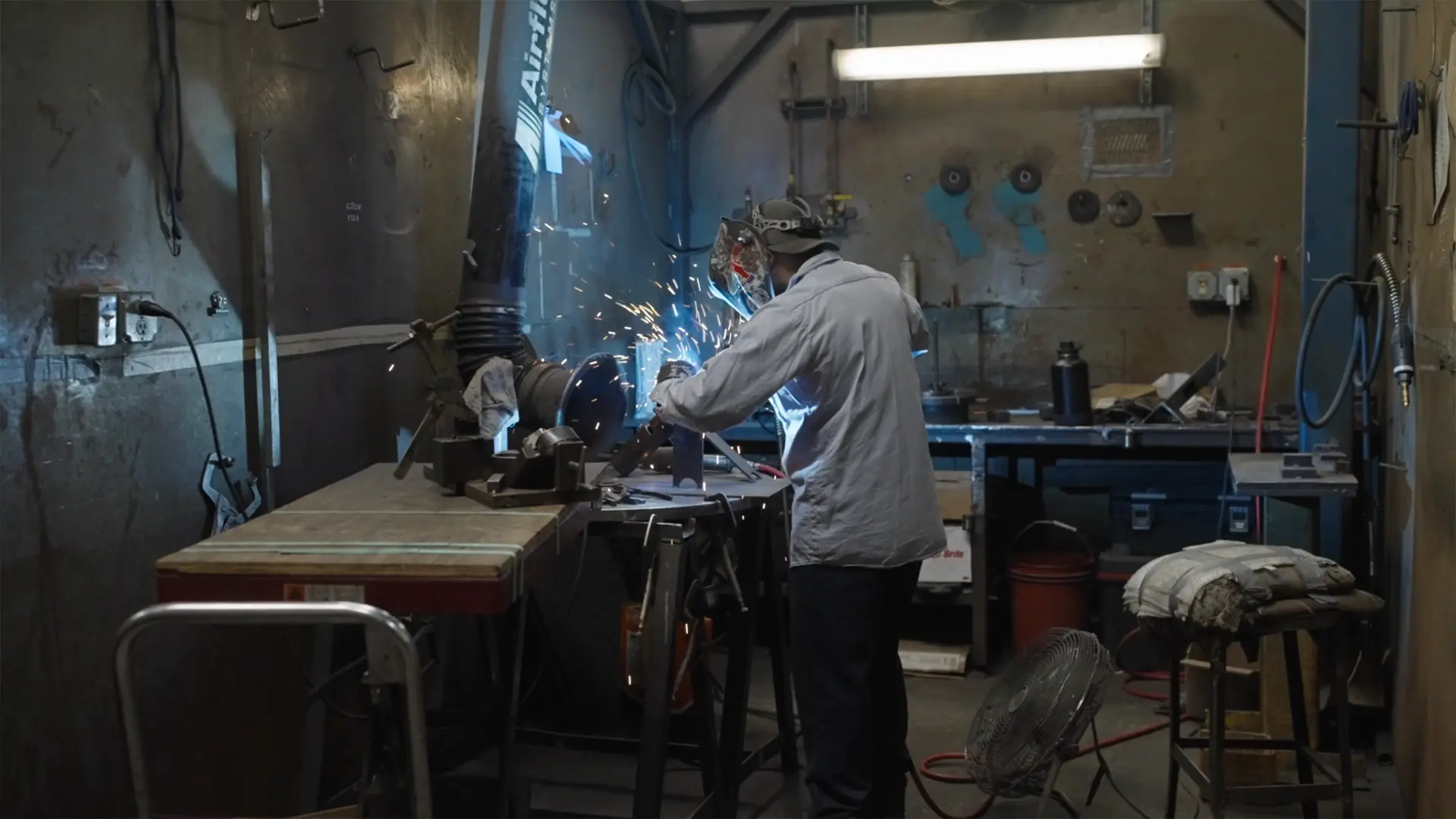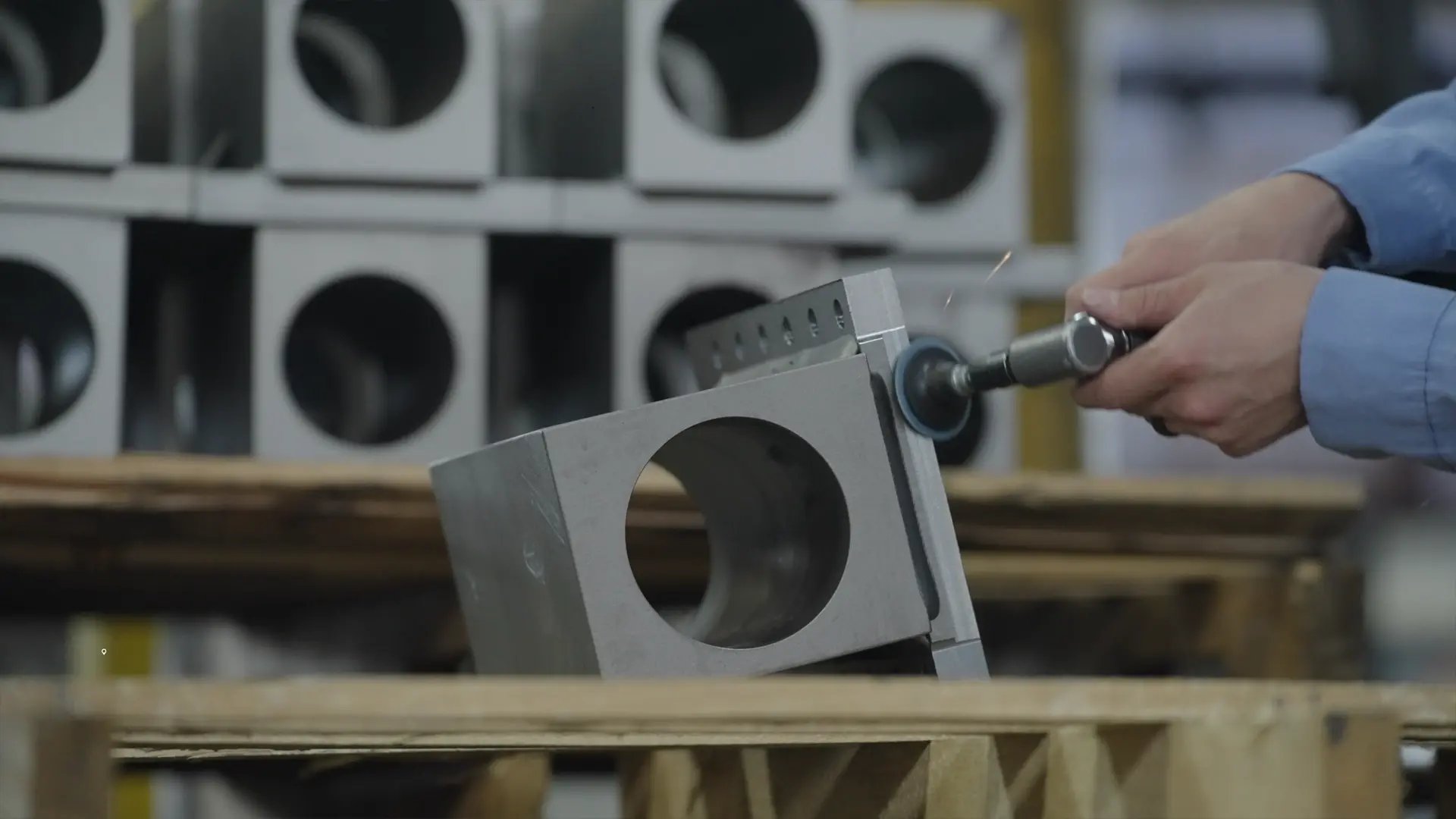Hammond Machine Works: Driving Rail Industry Efficiency with Eagle Laser Technology
A Century of Manufacturing Excellence
Hammond Machine Works, based in Hammond, Indiana, has been shaping American industry since 1908. In 1960, the Nau family became its stewards when Peter Nau Jr.’s grandfather purchased the company from a friend. Three generations later, the family continues to guide Hammond’s growth while investing in technologies that secure its future.
“We started in 1908, so we’re celebrating 117 years this year,” says Vice President Peter Nau Jr. “My grandfather bought the company in 1960, and that’s when we moved to this location. We originally started in chemical processing equipment, machining large castings to compress powder into balls for easier transport. But because so many railcar builders were located nearby, we built a strong relationship with the rail industry.”

Today, Hammond operates with over 40 employees in Indiana and 15 in Addison, Texas. The company’s business is built primarily around rail, which represents about 90% of production. Long-standing partnerships with leading manufacturers such as Trinity Rail and Union Tank Car are central to Hammond’s operations. “Our parts catalog with those companies contains thousands of components,” Nau explains. “Much of the work involves quick, one-off repair jobs, because their railcars can’t afford to sit idle in a yard.”
If you don't see them automatically, please activate the subtitles in your language.
Investing in Speed and Flexibility
For decades, Hammond relied on traditional equipment, including a plasma punch machine purchased in the late 1990s. However, increasing demand and longer supplier lead times created the need for faster, more flexible in-house production.
“One of our employees, Brian Pittman, had been advocating for a laser for over a decade,” Nau recalls. “After he saw Eagle at FABTECH, we knew it was the right choice.”
The company invested in an agle iNspire 20 kW fiber laser with CraneMaster automation. “The laser is actually faster than the loading process,” Nau explains. “The CraneMaster was a huge selling point for us because we burn such a wide variety of materials, from thin stainless to inch-and-a-half carbon.”

Ease of use was another decisive factor. “The Eagle looks like a much simpler machine to work on compared to the competition,” Nau says. “With so many CNC tools in our shop, we needed something we could service ourselves without waiting a week for a technician.”
The impact was immediate. The Eage handles everything from quarter-inch aluminum to 1¼-inch steel with speed and precision. “It can chew through a month’s worth of work in under a week,” Nau notes. “That’s opened the door to quoting new parts and new customers we wouldn’t have considered before.”
Service and support also play a vital role. “If we email Eagle, we usually get a response within an hour,” Nau says. “And if it’s something more complex, the webcam module allows their techs in Poland to see exactly what we see and walk us through the solution. It’s been a very positive experience.”
Operator Confidence and Quality Results

“The nesting software is efficient and helps minimize scrap, which is important given the range of small-batch jobs we do. The machine also prompts us for regular maintenance, and if something isn’t right, it alerts us immediately. In two years, I’ve only had to replace the protective lens once,” Jones adds. “The automation allows us to run full speed nonstop, without interrupting smaller jobs.”
Quality is where the machine truly stands out. “The finished quality on the underside of parts is excellent, with very little post-processing required,” Jones says. “I’d definitely recommend an Eagle laser to anyone.”
For laser operator Ryan Jones, the Eagle has proven both intuitive and reliable. “I trained for a couple of weeks before starting, and within six to eight months I was confident enough to adjust tech tables myself,” he says. “What I appreciate most is how well the software and machine connect. Whatever I program on the screen comes out exactly from the laser, which means we can deliver exactly what the customer wants.”
Jones highlights the flexibility of working with different materials. “We cut aluminum from 1/16 inch up to 1 inch, carbon steel up to 1¼ inch, and stainless up to 7/8 inch,” he explains. “For aluminum, nitrogen gives the cleanest cuts, while for thicker materials mixed gas produces better results.”
